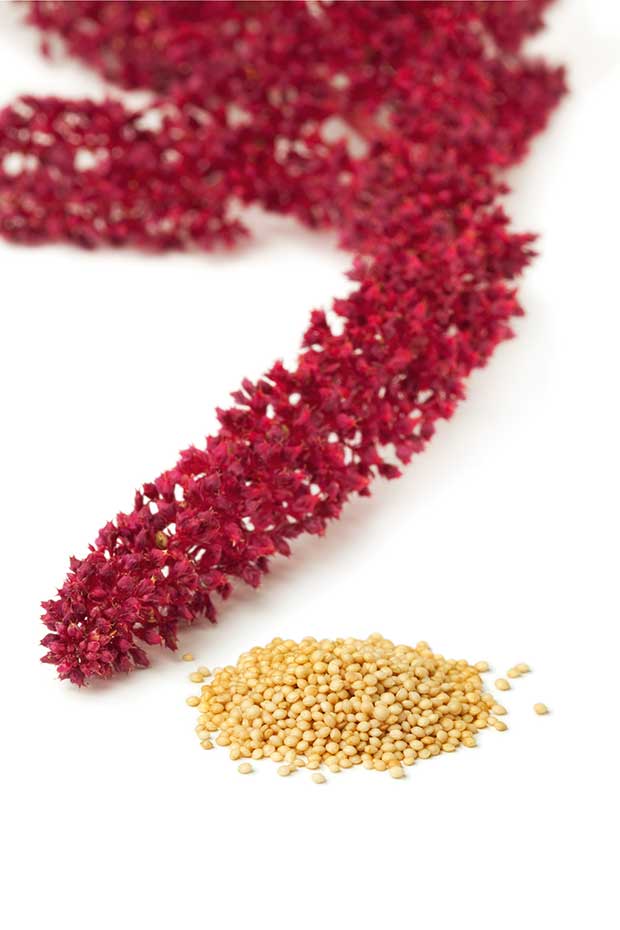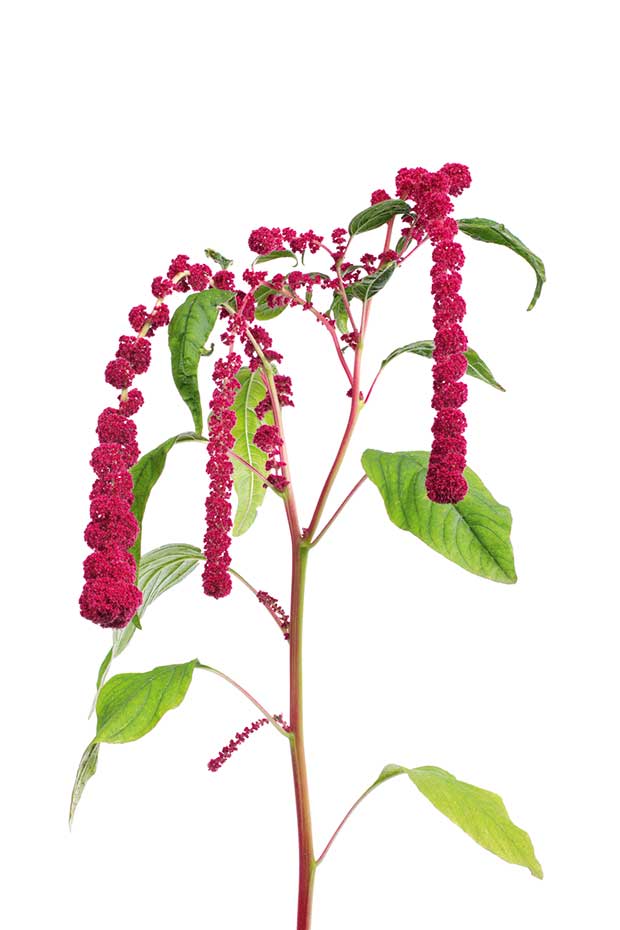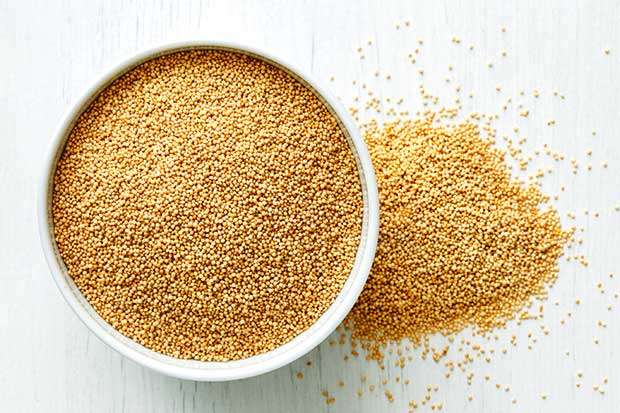7 tips to growing gluten-free amaranth flour from seed

It’s your last chance to plant amaranth for seeds, and grow a low-maintenance, protein-rich food.
Words: Jane Wrigglesworth
Amaranth is not a true grain (which only come from grasses). It’s a pseudo-cereal, used like quinoa and buckwheat, and is gluten-free.
The seeds are rich in protein, soluble and insoluble dietary fibre, and essential fatty acids. They’re a great source of vitamins B1, B2, B3, B9 (folate) and E, calcium, potassium, phosphorus, iron, magnesium, selenium and zinc.

They also contain the amino acid lysine, which is low, or missing, from true grains.
Amaranth seeds can be cooked like rice or porridge, popped like popcorn, expanding to about 10 times their original volume, or ground into flour. The puffed seed can be used as a cereal, in salads in place of croutons, or baked.
If you boil, then cool the seed, it turns into a gelatinous mix which can be used to make jam-like spreads, without the need for pectin and sugar.
• Amaranth is native to the warmer parts of America and is heat-tolerant.
• Plant at the same time as corn and cucurbits, when the soil has warmed in spring.
• It is mainly wind-pollinated, so plant in blocks to encourage cross-pollination.
• Although drought-tolerant, plants grow better when watered during dry periods.
• Apply a general purpose fertiliser once or twice a season.
• Flowers appear around mid-summer and continue until the first frosts. Seeds begin to ripen about three months after flowering.
• Once the flower has dried, you can shake the seeds out. Hold the seed head over a bucket and rub it between your hands. Tip the seeds into a shallow container and position in front of a fan to blow away the chaff.
HOW TO MAKE AMARANTH FLOUR
Once seeds are dry, rinse them with cold water until it runs clear, then leave to dry.
Next, pop the seeds. Place 1-2 tbsp on a hot, dry pan, cover with a lid and wait for them to pop. They’ll start popping after 2-3 seconds, and finish after 10-15 seconds.

Once cooled, grind into a fine powder using a flour mill or clean coffee/spice grinder. Grind small amounts at a time or the seeds can gum up the blades.
A half-amaranth, half all-purpose flour mix works well in pancakes and banana bread. If used as a full replacement for flour, it produces a denser, gummier texture.
Get more info on how to use amaranth flour here.
MORE HERE:
 This article first appeared in NZ Lifestyle Block Magazine.
This article first appeared in NZ Lifestyle Block Magazine.

